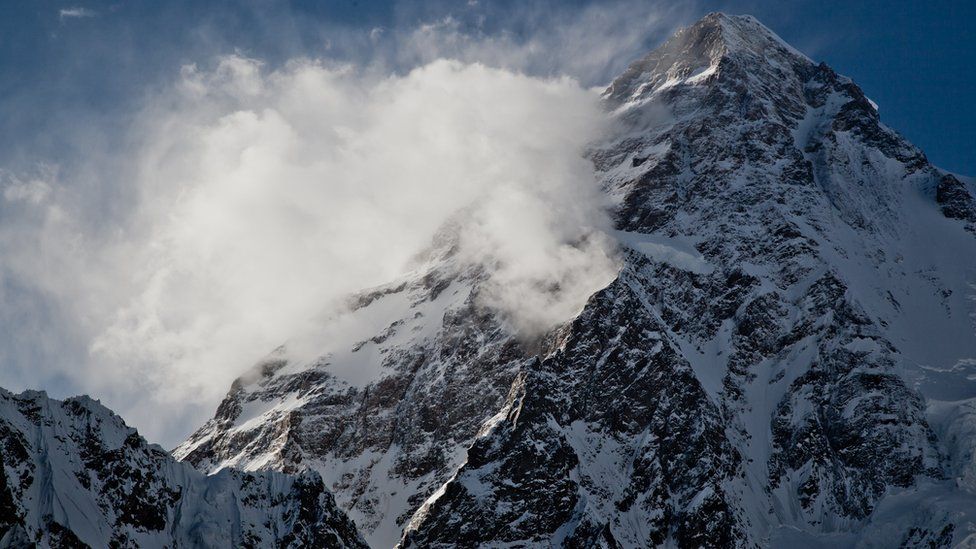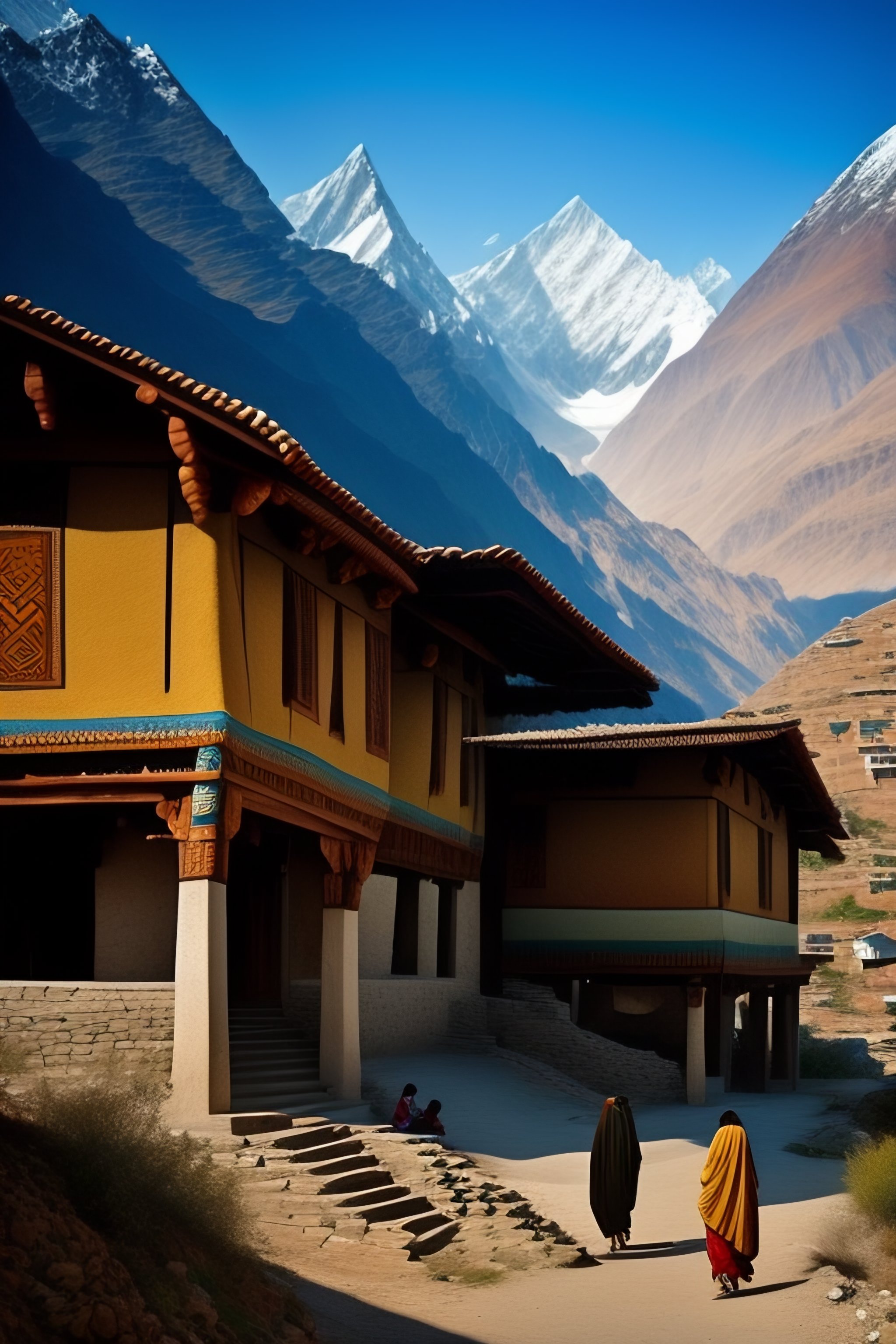K2 and climate change: An examination of the impact of climate change on the K2 region and its implications for mountaineering.
K2 and Climate Change: An Examination of the Impact of Climate Change on the K2 Region and Its Implications for Mountaineering
K2, also known as Mount Godwin-Austen, is the second-highest peak in the world, standing at 28,251 feet (8,611 meters). Located in the Karakoram mountain range in Pakistan, K2 is a popular destination for mountaineers and climbers from all over the world. However, the impact of climate change on the K2 region has been a cause for concern among the mountaineering community in recent years. In this blog post, we will examine the impact of climate change on the K2 region and its implications for mountaineering.
Impact of Climate Change on the K2 Region
Climate change is having a profound impact on the K2 region. One of the most visible effects of climate change in the region is the retreat of glaciers. The K2 region is home to many glaciers, including the Godwin-Austen Glacier and the Baltoro Glacier. These glaciers are melting at an alarming rate due to rising temperatures, which is causing them to shrink and recede. This has not only altered the landscape of the region but has also disrupted the water supply for local communities.
The melting of glaciers has also led to an increase in the number of glacial lakes in the region. These lakes are formed when the water from melting glaciers accumulates in low-lying areas, creating natural reservoirs. However, they also pose a significant risk of flooding to the communities living downstream. In 2010, the Attabad Lake was formed as a result of a landslide caused by the melting of the Passu Glacier. The lake submerged several villages and displaced thousands of people.
Another impact of climate change on the K2 region is the increase in extreme weather events. The region is already prone to extreme weather, but rising temperatures are making these events more frequent and severe. The increase in extreme weather events is making it more challenging for mountaineers to plan and carry out expeditions.
Implications for Mountaineering
The impact of climate change on the K2 region has several implications for mountaineering. The melting of glaciers and the formation of glacial lakes has made the region more hazardous for climbers. The melting glaciers have caused a significant increase in the number of icefalls and avalanches, making it more challenging to find safe routes up the mountain.
The increase in extreme weather events has also made it more challenging for mountaineers to plan and execute expeditions. Unpredictable weather patterns and the risk of storms and blizzards have made it more dangerous to climb the mountain. In recent years, several mountaineers have lost their lives due to extreme weather events on K2.
The impact of climate change on the K2 region also has significant implications for the local communities. The melting glaciers have disrupted the water supply for local communities, and the formation of glacial lakes has increased the risk of flooding. These communities depend on tourism generated by mountaineering for their livelihoods, and the impact of climate change on mountaineering could have severe economic consequences for them.
One way to mitigate the impact of climate change on the K2 region is to promote sustainable tourism practices. Mountaineering companies can prioritize sustainability by reducing their carbon footprint, implementing waste management practices, and promoting eco-friendly tourism practices. This can not only help to reduce the impact of mountaineering on the environment but can also contribute to the economic development of the local communities by creating jobs and promoting responsible tourism.
Another way to mitigate the impact of climate change is to invest in research and monitoring of the K2 region. The melting of glaciers and the formation of glacial lakes are complex phenomena, and the impact of climate change on the region is still not fully understood. Investing in research and monitoring can help to better understand the impact of climate change on the region and inform strategies for mitigating its effects.
Furthermore, governments can play a significant role in mitigating the impact of climate change on the K2 region. Governments can implement policies and regulations that promote sustainable development and reduce carbon emissions. They can also invest in infrastructure and disaster management systems to reduce the risk of flooding and other natural disasters caused by climate change.
In conclusion, It is crucial that we take action to mitigate the effects of climate change on the region, promote sustainable tourism practices, invest in research and monitoring, and implement policies and regulations to reduce carbon emissions and promote sustainable development. By doing so, we can protect the K2 region and ensure that it remains a destination for mountaineers and a source of livelihood for local communities for generations to come.
Conclusion
In conclusion, the impact of climate change on the K2 region is a cause for concern for mountaineers and local communities alike. The melting of glaciers, the formation of glacial lakes, and the increase in extreme weather events are making it more challenging and hazardous to climb the mountain. Mountaineering is an essential source of tourism and income for the local communities, and the impact of climate change on the industry could have severe economic consequences. It is crucial that we take action to mitigate the effects of climate change and protect the K2 region for future generations of mountaineers and local communities.
=====================================================================
Keywords = K2, climate change, impact, mountaineering, research, findings




Comments
Post a Comment